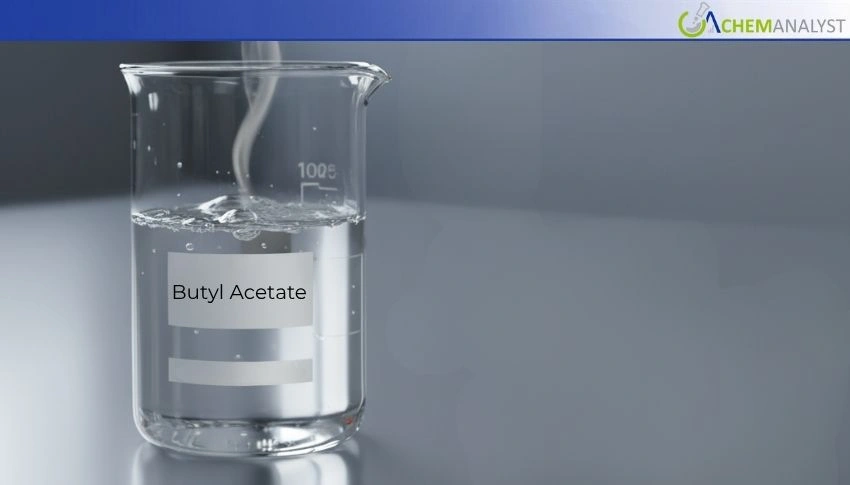Welcome To ChemAnalyst

The global butyl acetate market performed unevenly in early November 2025. The United States and China continued to stabilize with steady domestic demand and balanced production. In the U.S., manufacturing expansion and rising new orders kept consumption firm, even as export demand weakened. Buyers purchased cautiously but consistently, helping maintain a stable market. Steady demand from coatings and packaging sectors in China also held, and with stable feedstock costs supporting price levels, producers did not make aggressive pricing moves to keep the market in balance. Oversupply and poor export demand continued to force down German prices. Logistical issues such as rail delays, port congestion, and reduced berth capacity were also complicating factors. Eurozone manufacturing also remained weak, further depressing exporters. With the downstream resin demand subdued, German suppliers were forced to lower their prices to compete, with the result that the market tone was clearly bearish.
During the week ended November 7, 2025, the global butyl acetate market showed mixed regional trends. Butyl Acetate prices in the US and China held broadly steady on the back of a balance between domestic demand and production, while in Germany, a price decrease was seen in its export market due to lingering oversupply and logistical disruptions. The differences in regional economic situations, dynamics of export, and downstream demand drove the discrepant butyl acetate market performance across key economies.
In the US, prices of butyl acetate remained stable as manufacturing continued to expand for the third straight month. New orders rose at the fastest pace in nearly two years, driving stable demand from coatings, adhesives, and resin makers. Domestic consumption was resilient and offset weakness in export demand, as export orders sharply fell owing to soft overseas orders. Despite higher tariffs and increased freight costs, industrial consumers made sure procurement was kept steady to meet their growing production requirements. Producers balanced out the pressure on input costs through optimization of output and maintained competitive butyl acetate pricing. There was spare capacity in production facilities that ensured smooth supply flows, while cautious purchasing strategies prevented excessive stockpiling. Overall, stable demand fundamentals and balanced supply conditions preserved butyl acetate price stability across the US butyl acetate market during the week.
In China, the butyl acetate market was also stable, thanks to stable operating rates from producers and moderate procurement from downstream users. Coating and packaging demand showed slight improvement in line with an upsurge in industrial activity after seasonal restocking. However, export sentiment was still weak on the back of thin orders from global buyers and continuous issues related to freight. Prices of feedstock n-butanol were stable and relieved the cost pressure for domestic manufacturers. Supply and demand remained balanced, and the cautious trading mood led to limited butyl acetate price movements. Chinese producers adopted flexible pricing policies to protect their margins without allowing inventory accumulation and hence ensured a stable butyl acetate market performance till early November.
In contrast, the price of butyl acetate sharply weakened during the same period in the German export market. Continuous oversupply, combined with weak manufacturing activity in the Eurozone, encouraged exporters to further slash offers to ensure competitiveness. Rail disruptions and congestion of the ports of Hamburg and Bremerhaven resulted in delayed shipments because of limited berth capacity at the container terminals. However, overall production was sufficient to achieve market oversaturation. The data of Eurozone manufacturing activity showed stagnant new orders. Major export destinations such as Northern Africa and the Middle East reduced purchases as their downstream resin demand was slow. Thus, German exporters had weak pricing power, and the market outlook remained bearish.
Overall, the U.S. and Chinese butyl acetate markets were steady with stable industrial activity, while in Germany, the butyl acetate market softened in view of an excess supply against weak demand and persistent transport disruption.
We use cookies to deliver the best possible experience on our website. To learn more, visit our Privacy Policy. By continuing to use this site or by closing this box, you consent to our use of cookies. More info.
